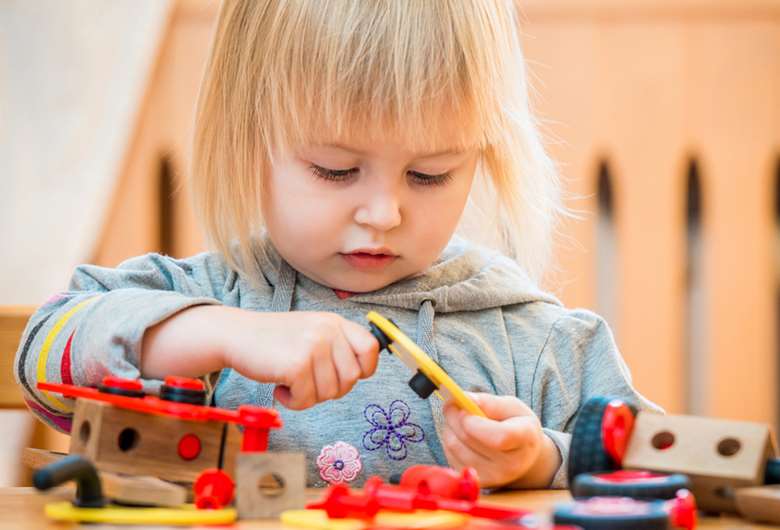Children's centre use drops dramatically
Monday, June 17, 2019
The number of children using children’s centres has fallen by nearly 20 per cent, with a sharp drop in use among under-fives.

The Action for Children report also found that the poorest council areas were worst hit.
The proportion of children aged under five who have used a children’s centre fell from 50 per cent to 41 per cent between 2014/15 and 2017/18.
Children’s centre use across the population has fallen by nine percentage points in the last few years. As centres become more targeted and work with those children with the greatest need, they are gradually reaching a smaller percentage of the total population.
The charity also estimates that the number of children receiving support from a children’s centre has fallen annually, as budget cuts and closures continue.
Between 2014/15 and 2017/18 average spending by councils fell from £532 to £412 per child.
Closed Doors reveals the impact that cuts and uncertainty are having on the capacity of children’s centres to help children and families.
It also found that the number of children using children’s centres in the most deprived local authorities has fallen faster than in the least deprived.
The charity said it was ‘deeply worrying’ that there had been a fall in the number of children using centres, as deprived areas have traditionally recorded poorer outcomes for children at age five, suggesting a greater need for services provided by centres.
Because there is no national record of the number of children and parents using children’s centres, Action for Children contacted every local authority in England and asked how many children and parents used these centres in the last four years. The findings are based on responses were received from all 152 local authorities in England.
Key findings:
- Between 2014/15 and 2017/18, we estimate that the number of children using children’s centres fell by almost a fifth (18 per cent) – from 2.2 million to 1.8 million
- The proportion of children aged under five who have used a children’s centre fell from 50 per cent to 41 per cent between 2014/15 and 2017/18
- The most deprived local authorities have seen a 22 per cent fall in the number of children using centres compared to 12 per cent among the least deprived.
- Since 2014/15, more than 800,000 children started school below the expected developmental milestones – including 168,000 from low-income families.
Imran Hussain, director of policy and campaigns at Action for Children, said, ‘Children’s centres have seen their budgets slashed by almost two-thirds since 2010. This has left them unable to continue to reach families across communities, leaving many thousands of new parents with nowhere to turn for early help support - a far cry from the idea of easily-accessible, one-stop-shops within pram-pushing distance.
‘From helping parents manage difficult behaviour and embed routines for their children, there are few things with which they’re not equipped to help. Crucially, they’re often the first place to identify serious issues like abuse and neglect and step in before problems spiral out of control.
‘The Government must use the forthcoming Spending Review to allocate additional funding to local councils and ease the squeeze on children’s centre budgets. Giving children the best start in life is not only the right thing to do but helps to reduce the need for costly child protection services for when things go wrong.’
Tracy Brabin, Labour’s shadow early years minister for early years, said, ‘The Tories have slashed funding to local government and vital services like children’s centres are being lost across the country, with the poorest areas hit hardest.
‘These regressive and unjustifiable cuts have led to hundreds and thousands of children and families losing out on the support that children’s centres can offer.’
Liberal Democrat education spokesperson Layla Moran MP, said, ‘Children, particularly those form the most disadvantaged areas, are more likely to leave healthier and school-ready than those who don’t use them.
‘Yet with demand for children’s social care spiraling, cash-strapped local authorities find early intervention services like children’s centres easiest to cut.
‘For the sake of the next generation children’s centres desperately need long-term security.’
A Department for Education spokesperson said, 'We want every child to have the best start in life, with the opportunities and the stability to fulfil their potential and since 2013, the disadvantage gap for children at age five has narrowed.
'There are now more than 700,000 of the most disadvantaged two-year-olds have benefited from 15 hours free childcare since its introduction in 2013, and 600,000 three and four-year-olds have benefitted from a 30 hours place in the first two years.
'We believe it is up to local councils to decide how to organise and commission services in their areas, as they are best-placed to understand local needs.'




